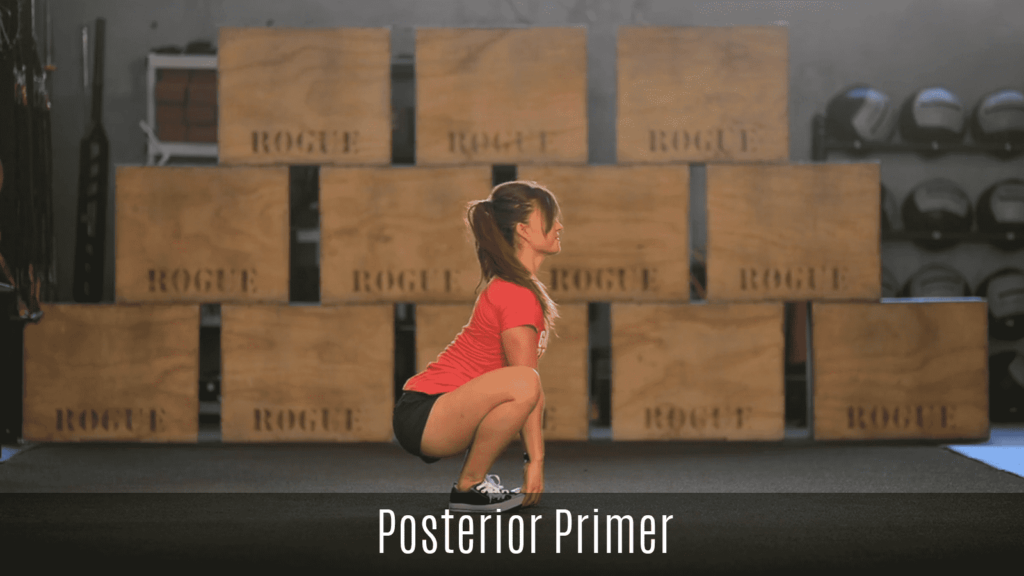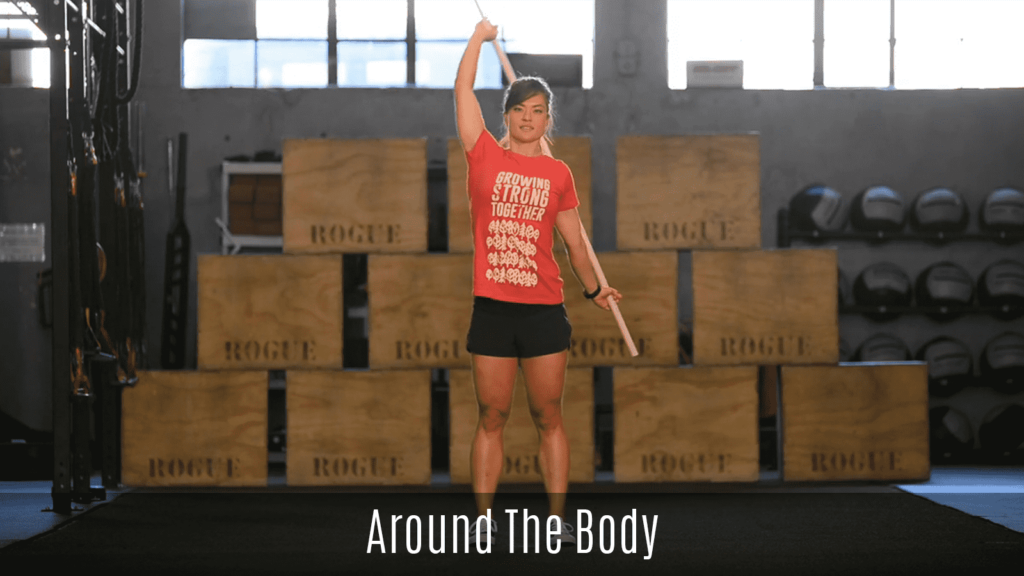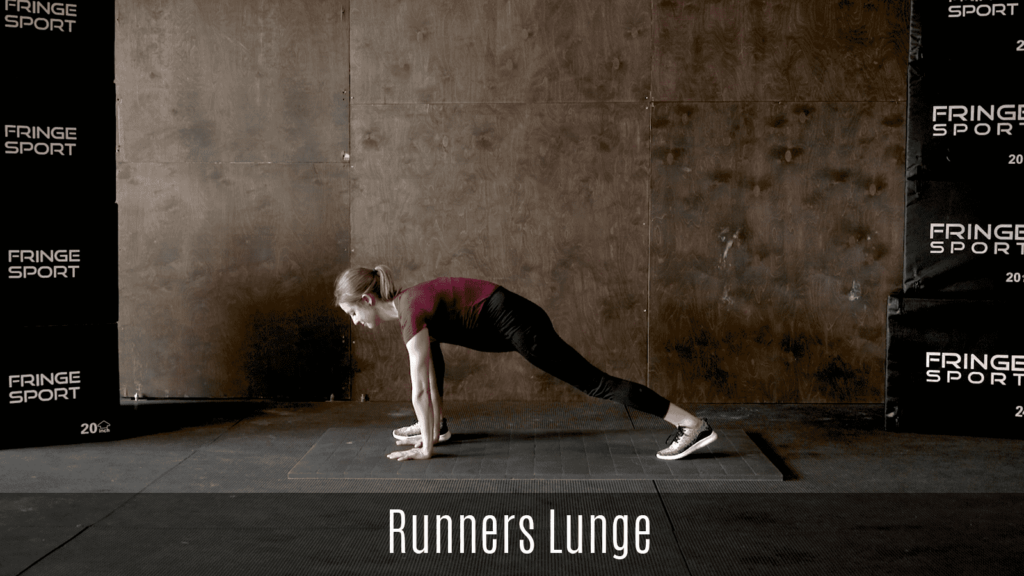Let us be clear right off the bat: we love all squats. It doesn’t matter if we are talking about the back squat, the front squat, the overhead squat, the air squat, or the sumo squat – we love them all and think they are one of the most functional and effective strength-building movements.
We especially love the standard air squat as a warm up movement and mobility exercise, but sometimes you might want something just a little bit different. This is where the sumo squat can come in handy. The sumo squat is a variation of the air squat that has a few key differences that will give your muscles something new that they might not get with the air squat.
The key difference between the air squat and the sumo squat is foot positioning. The sumo stance means that your feet will be positioned wider than the traditional air squat. Your glutes, quads, and hamstrings will all still get a nice stretch and tone, but the wider foot stance will also hit the inner thigh muscles.
If you are ready to insert the sumo squat into your warm up, mobility, or cool down routine, keep on reading. We are going to discuss how to properly perform the movement, the benefits of the sumo squat, and ways to modify it if needed.
What is the Sumo Squat?
The sumo squat is a lower body exercise that will help you build strength, flexibility, and mobility in your legs. As with any squat variation, it will also help you build up strength in your core when done correctly. It is important that you take care in learning how to properly do the sumo squat to receive the maximum benefits.
This position starts with the feet. Place your feet just slightly wider than shoulder width apart. The exact positioning will be totally dependent on your personal anatomy and mobility, so it may take a few tries to determine the set up. Once you have found your ideal foot positioning, turn your toes out at a roughly 45 degree angle. Think about spreading your body weight throughout your whole foot to avoid placing too much of it in your heels or toes.
From here, take a deep breath in and slowly sit your butt back and down until you hit your end range of motion. It may help to bring your hands out in front of you in a clasped position. Although you are in the bottom of your squat position, you still want your core to be engaged (think belly button towards the spine) and your chest upright.
Once you have found that bottom position, this is where we suggest you hold the position. You can find a little movement in this position if that feels good to you. You may notice that you feel tighter on one side than the other. This is normal. Feel free to hold into that tight side if you want to increase the stretch.
You can also perform this movement by doing multiple repetitions one after the other instead of holding. This is a great way to prime the muscles for a workout or build strength in the muscles.
If you do it this way, there are a couple of things to watch for. The first is to avoid letting the knees collapse inward. If you do notice that your knees cave in, it might be because of tight hips or weak glute muscles. Incorporate some of these specific stretches and exercises to remedy it.
Another thing to pay attention to is not staying upright. If you notice that you are shifting backwards or leaning forwards, you may want to modify the movement or drill a more traditional air squat to build up the mobility and flexibility to do the sumo variation.
Benefits of the Sumo Squat
Of course, squats are one of our favorite ways to build lower body strength. But specifically, sumo squats can also help you increase stability and balance especially in the adductors. The adductor muscles are found in the inner thighs. Squats also target important muscles in the legs which help you perform daily activities with less pain and more efficiency. As we mentioned previously, squatting also helps with core activation and stability.
Sumo Squat Modifications
If you find that it is hard to stay upright throughout this movement, try to bring your arms straight out in front of your body. This may help act as a counterweight and keep your chest and torso more upright.
If your heels are coming up off of the ground while you squat, you can try elevating them just a bit to increase your range of motion. We suggest sliding a small weight plate underneath the heels to provide a bit of height.
If you ever feel any pain while performing the sumo squat, stop the movement immediately and seek care if needed.
Starting with your feet outside shoulder width apart, the toes will be turned out roughly 45*. Slowly sit your butt back and down until you hit your end range. Maintain for (however long).



